Capacity fade— the gradual reduction in a lithium battery cell’s ability to store charge over cycles or time— is a critical issue that limits battery lifespan (typically 500-2000 charge-discharge cycles for consumer cells, 1000-3000 cycles for EV cells). Understanding capacity fade mechanisms is essential for improving battery durability, as it helps identify factors that accelerate degradation and develop mitigation strategies. Capacity fade in lithium-ion cells arises from three primary sources: electrode degradation, electrolyte decomposition, and lithium inventory loss—each driven by electrochemical reactions, thermal stress, or mechanical damage during operation. These mechanisms are interdependent, often amplifying each other to accelerate capacity loss.
Electrode Degradation Mechanisms
Electrode degradation affects both the cathode and anode, reducing their ability to intercalate (store) lithium ions.
Anode Degradation: The anode (typically graphite) undergoes structural and chemical changes during cycling. One key issue is lithium plating—when charging at high rates (e.g., >1C) or low temperatures (e.g., <0°C), lithium ions cannot intercalate into the graphite lattice quickly enough and deposit as metallic lithium on the anode surface. Lithium plating forms dendrites (needle-like structures) that can pierce the separator, causing short circuits, and also reduces the amount of lithium available for intercalation. Another issue is graphite exfoliation: repeated expansion and contraction of graphite layers (up to 10% volume change during charging) weakens the anode’s structural integrity, causing particle cracking and detachment from the current collector. This reduces the anode’s active surface area, limiting lithium intercalation.
Cathode Degradation: Cathodes (e.g., LiCoO₂, LiFePO₄, NCM) degrade due to transition metal dissolution and structural collapse. During cycling, high voltages (e.g., >4.3V for LiCoO₂) cause transition metals (cobalt, nickel, manganese) to dissolve from the cathode into the electrolyte. These metals migrate to the anode, deposit on its surface, and catalyze electrolyte decomposition—further reducing lithium inventory. Structural collapse occurs when repeated lithium extraction/insertion disrupts the cathode’s crystal lattice: for example, LiCoO₂ loses its layered structure after prolonged cycling, forming inactive phases that cannot store lithium. For NCM (nickel-cobalt-manganese) cathodes, high nickel content (e.g., NCM811) increases energy density but also accelerates degradation, as nickel ions are more prone to dissolution.
Electrolyte Decomposition Mechanisms
The electrolyte (a solution of lithium salt in organic solvents, e.g., LiPF₆ in ethylene carbonate) decomposes over time, reducing its ability to conduct lithium ions and generating byproducts that damage electrodes.
SEI Layer Growth: During the first charge (formation), the electrolyte reacts with the anode to form a solid electrolyte interphase (SEI) layer—a protective film that prevents further electrolyte decomposition. However, repeated cycling and high temperatures (e.g., >45°C) cause the SEI layer to grow thicker and more resistive. A thick SEI layer increases ionic resistance, slowing lithium ion transport and reducing charge/discharge efficiency. Additionally, SEI layer cracking (due to anode volume change) exposes fresh anode surface to the electrolyte, triggering further SEI formation and consuming lithium ions.
Solvent Oxidation/Reduction: At high voltages (cathode side), electrolyte solvents oxidize to form carbon dioxide, carbon monoxide, and organic acids—these gases increase internal pressure (risking cell swelling) and acidic byproducts corrode the cathode. At low voltages (anode side), solvents reduce to form hydrocarbons and lithium carbonate, which deposit on the anode and reduce active surface area. For cells exposed to high temperatures (e.g., EV batteries in hot climates), electrolyte decomposition accelerates exponentially: a 10°C increase in temperature can double the decomposition rate, significantly shortening battery life.
Lithium Inventory Loss
Lithium inventory loss— the reduction in the amount of lithium available for intercalation— is the primary driver of capacity fade, as it directly limits the number of lithium ions that can shuttle between the cathode and anode. Lithium is lost through several mechanisms:
SEI Layer Formation: Each cycle consumes a small amount of lithium to repair or thicken the SEI layer—over 1000 cycles, this can reduce lithium inventory by 10-20%.
Lithium Plating: Metallic lithium deposited on the anode is often inactive (cannot reintercalate during discharge), permanently removing lithium from the cycle.
Transition Metal-Lithium Reactions: Dissolved transition metals from the cathode react with lithium ions in the electrolyte to form inactive compounds (e.g., lithium cobalt oxide), further reducing lithium availability.
External Factors Accelerating Capacity Fade
External operating conditions amplify the above mechanisms:
Charge/Discharge Rate: High rates (e.g., fast charging at 3C-5C) increase lithium plating and electrode stress, accelerating fade— a cell cycled at 1C may retain 80% capacity after 1000 cycles, while one cycled at 3C may retain only 60%.
Temperature: High temperatures (>45°C) accelerate electrolyte decomposition and SEI growth; low temperatures (<0°C) cause lithium plating.
Depth of Discharge (DOD): Cycling a cell to 100% DOD (full charge/discharge) causes more electrode expansion/contraction than cycling to 80% DOD— a cell cycled to 80% DOD may last twice as long as one cycled to 100%.
Mitigation strategies include using electrode coatings (e.g., Al₂O₃ on cathodes to reduce metal dissolution), advanced electrolytes (e.g., solid electrolytes to prevent decomposition), and BMS control (limiting charge rate, temperature, and DOD). As battery technology advances, understanding capacity fade mechanisms remains critical for developing next-generation lithium batteries with longer lifespans—essential for EVs (targeting 10-year/200,000km lifespan) and grid energy storage (targeting 15-20-year lifespan).
Read recommendations:
801520 180mAh 3.7V
What is the effect of lithium battery set polar tablets on battery performance.51.2v solar energy st
Characteristics of Power Lithium - Ion Batteries
601248 polymer battery company
6LR61 alkaline battery
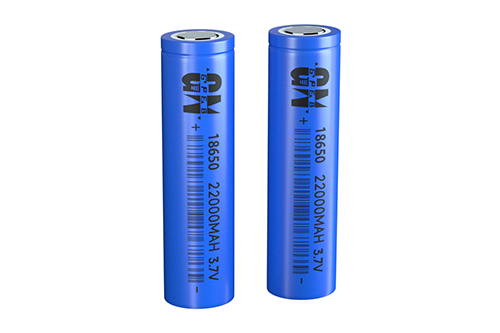
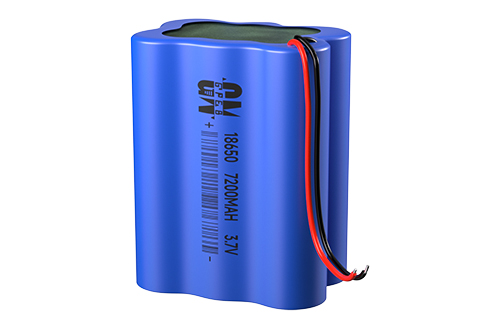

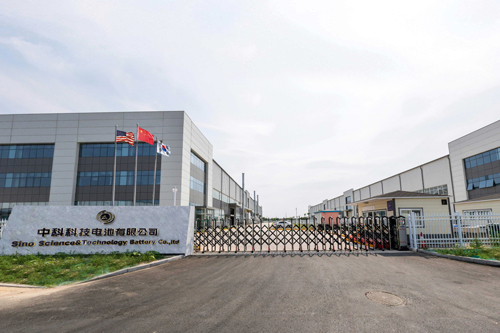

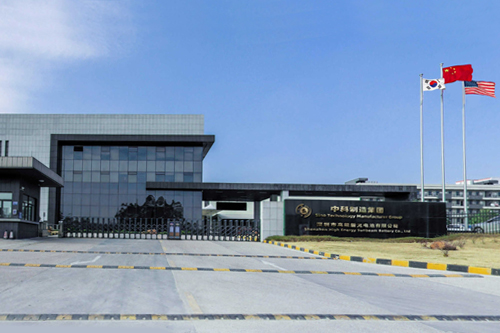



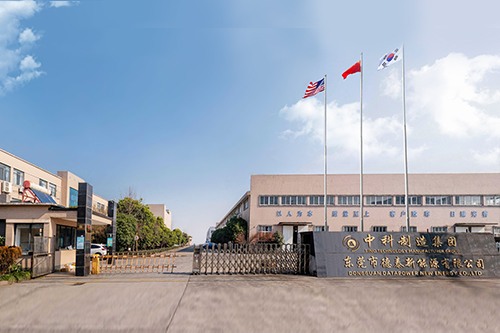

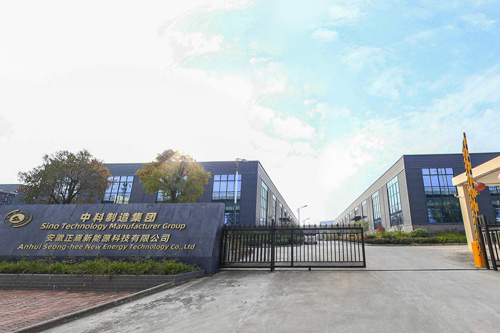








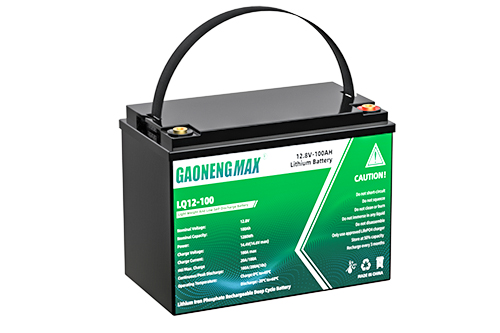
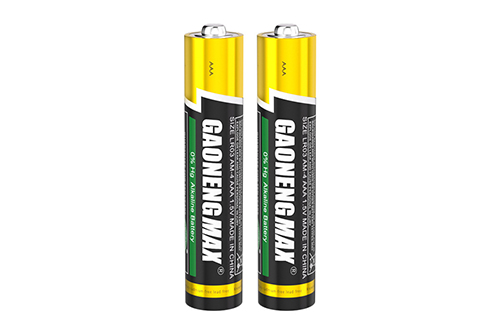

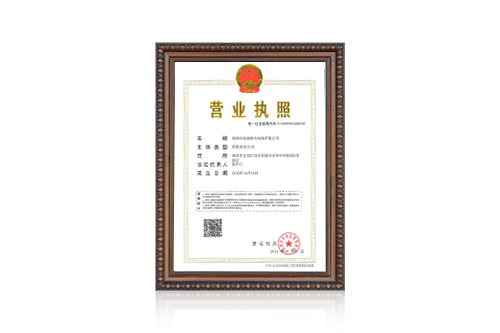
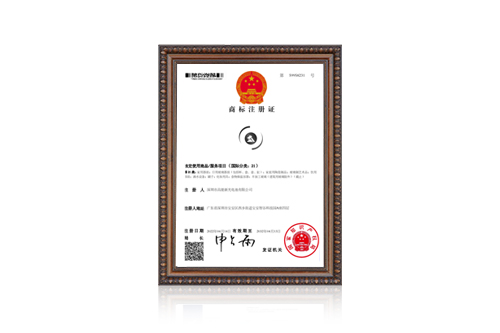
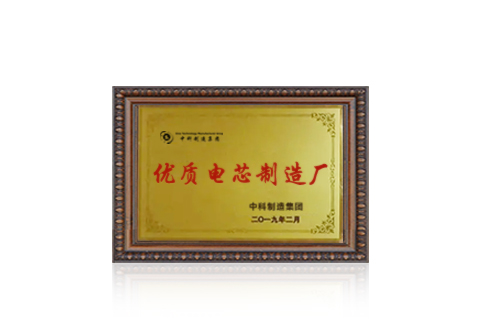

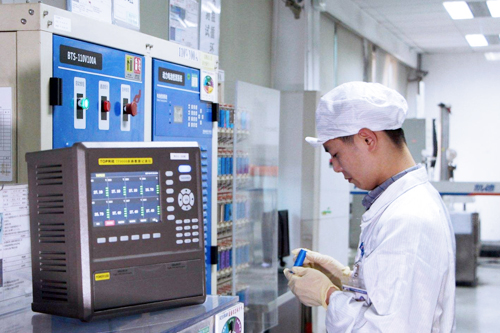















 360° FACTORY VR TOUR
360° FACTORY VR TOUR
 Whatsapp
Whatsapp
 Tel
Tel Email
Email TOP
TOP